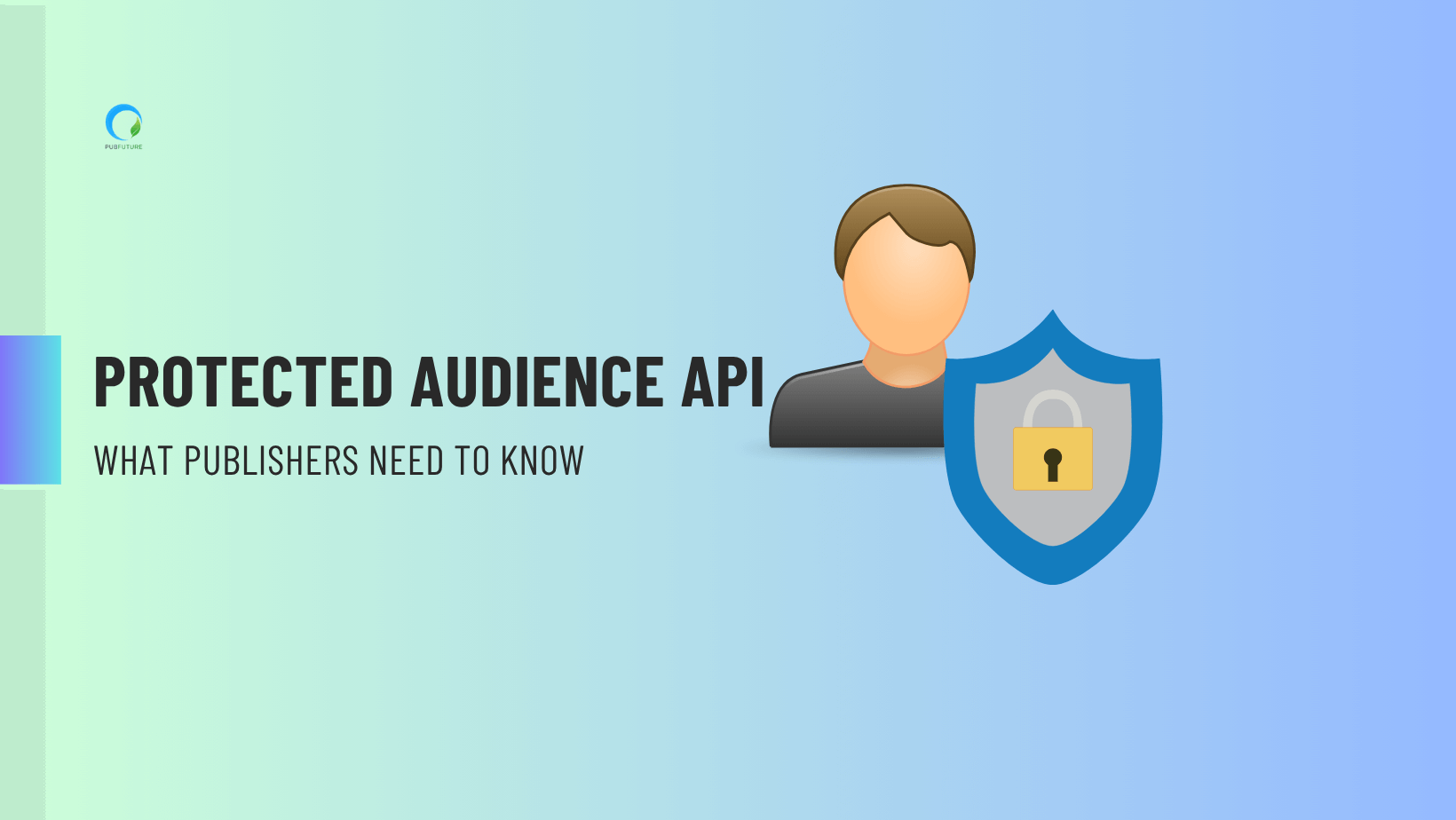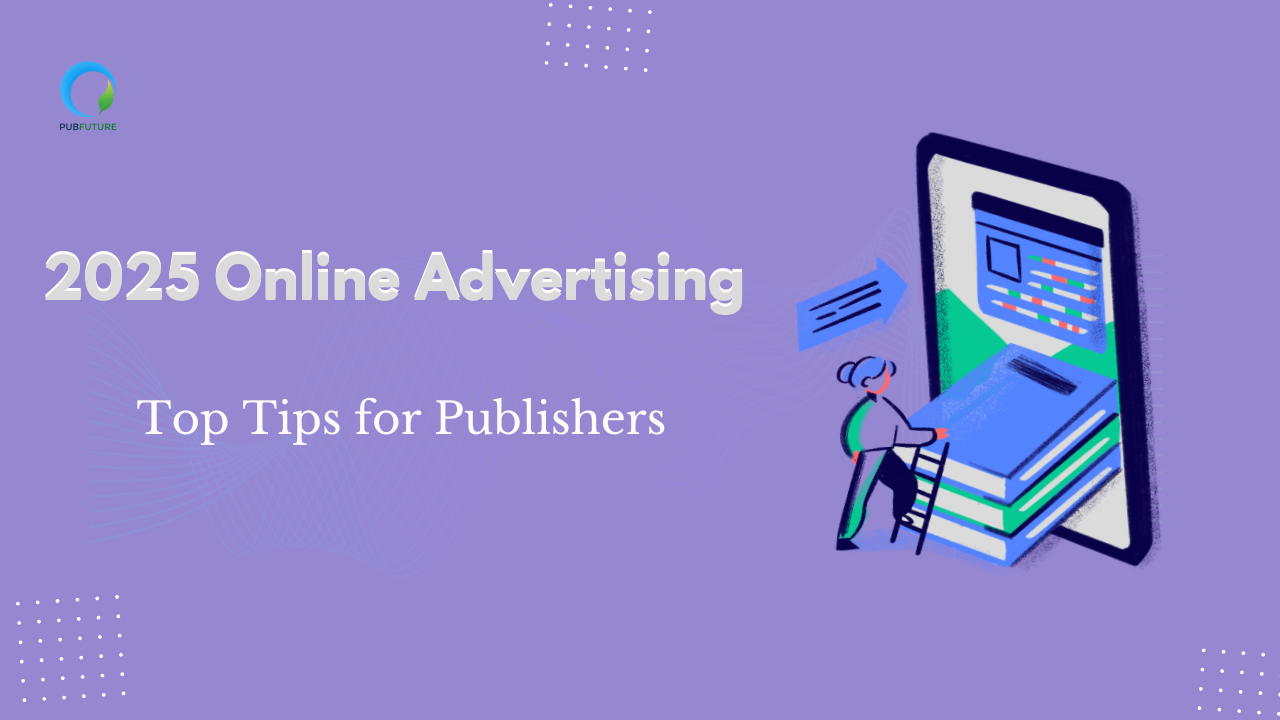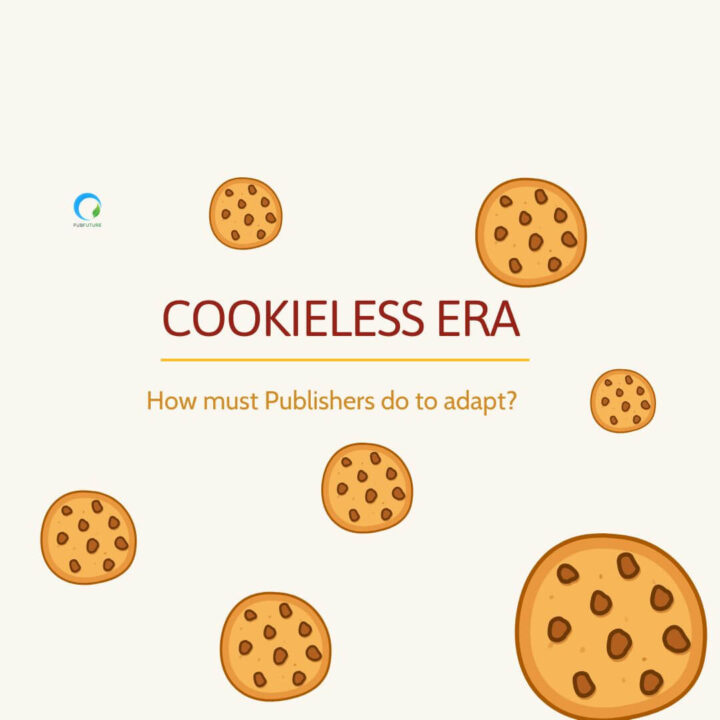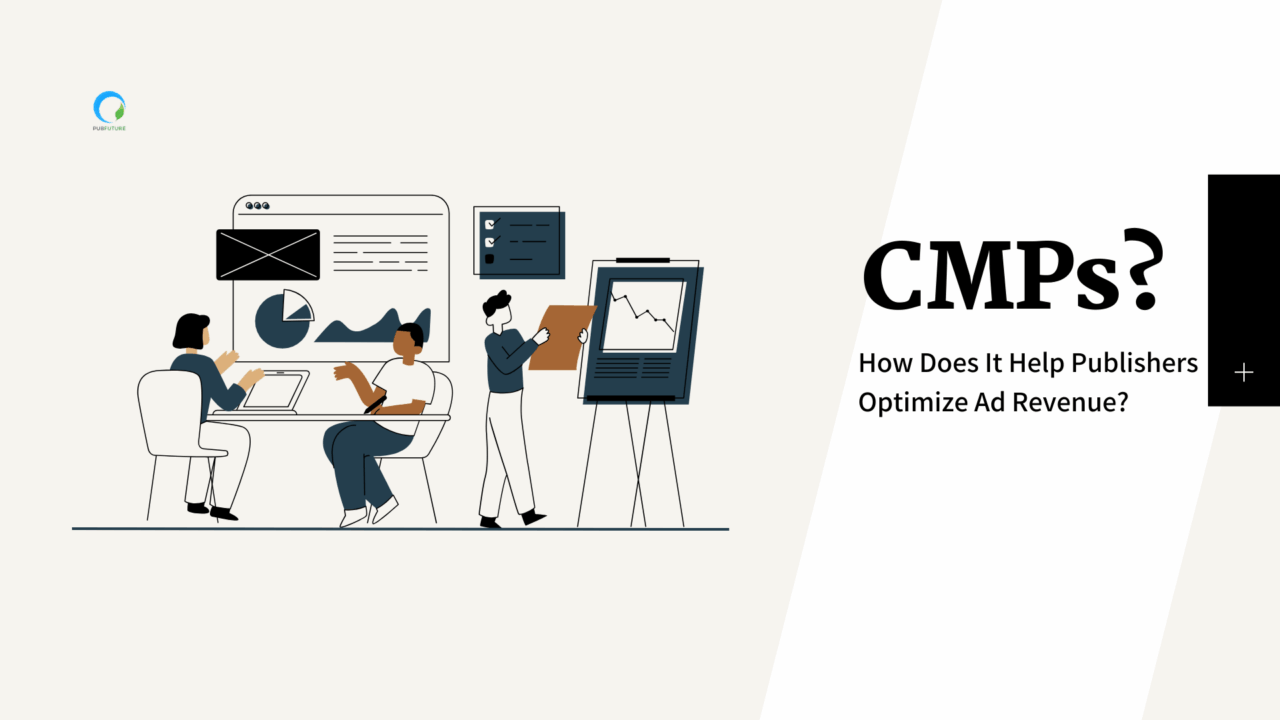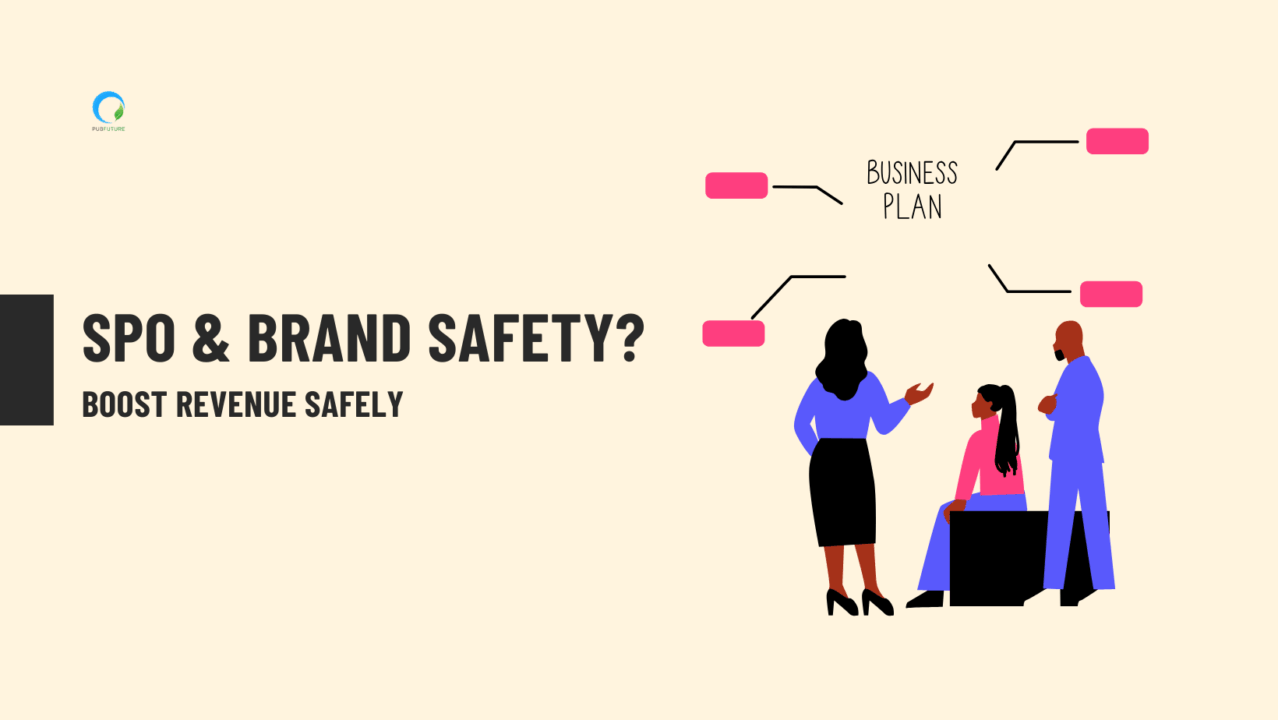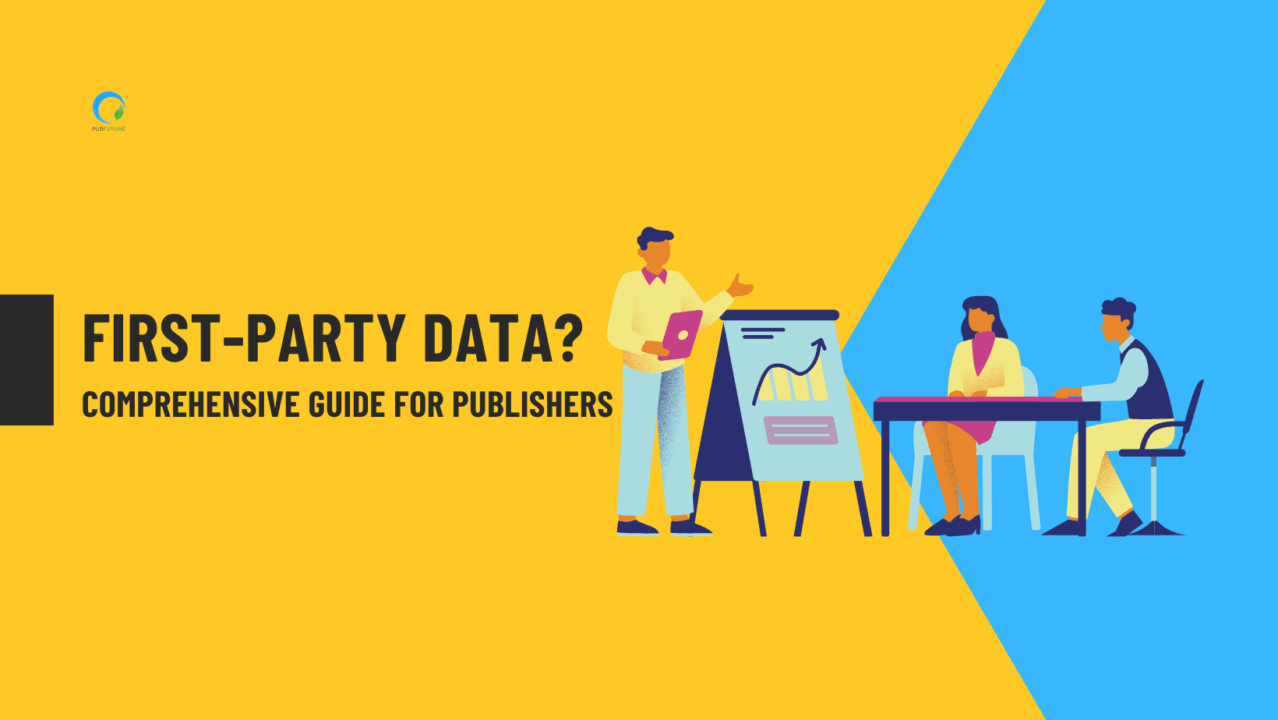The digital advertising landscape is undergoing a major transformation as privacy becomes a top priority for both users and regulators. With growing concerns over data security, advertisers are seeking privacy-first methods that allow them to maintain effective targeting while respecting user control.
As Google phases out third-party cookies in Chrome, publishers and advertisers are being pushed to rethink how targeting, retargeting, and ad measurement work.
Google isn’t leaving the ad industry in the dark. They’re introducing the Protected Audience API (PAA), which is a privacy-first alternative that keeps personalized advertising alive without exposing user data.
If you’re a publisher wondering what the heck this means for your monetization, this article breaks it down in simple terms — what it is, how it works, and how you can prepare.
What Is the Protected Audience API (PAA)?
The Protected Audience API is part of Google’s Privacy Sandbox, a set of tools designed to replace third-party cookies with more privacy-friendly solutions.
The Protected Audience API (formerly known as FLEDGE) allows advertisers to show relevant ads to users without tracking them across the web.
Instead of storing audience data on ad servers or third-party trackers, the PAA keeps everything inside the browser. When users visit websites, their interests are saved in small “interest groups.” These groups are used later for ad auctions, but all happens locally, not on an external server.
How Does Protected Audience API Work? (In Simple Terms)
Here’s how the process looks for a typical user:
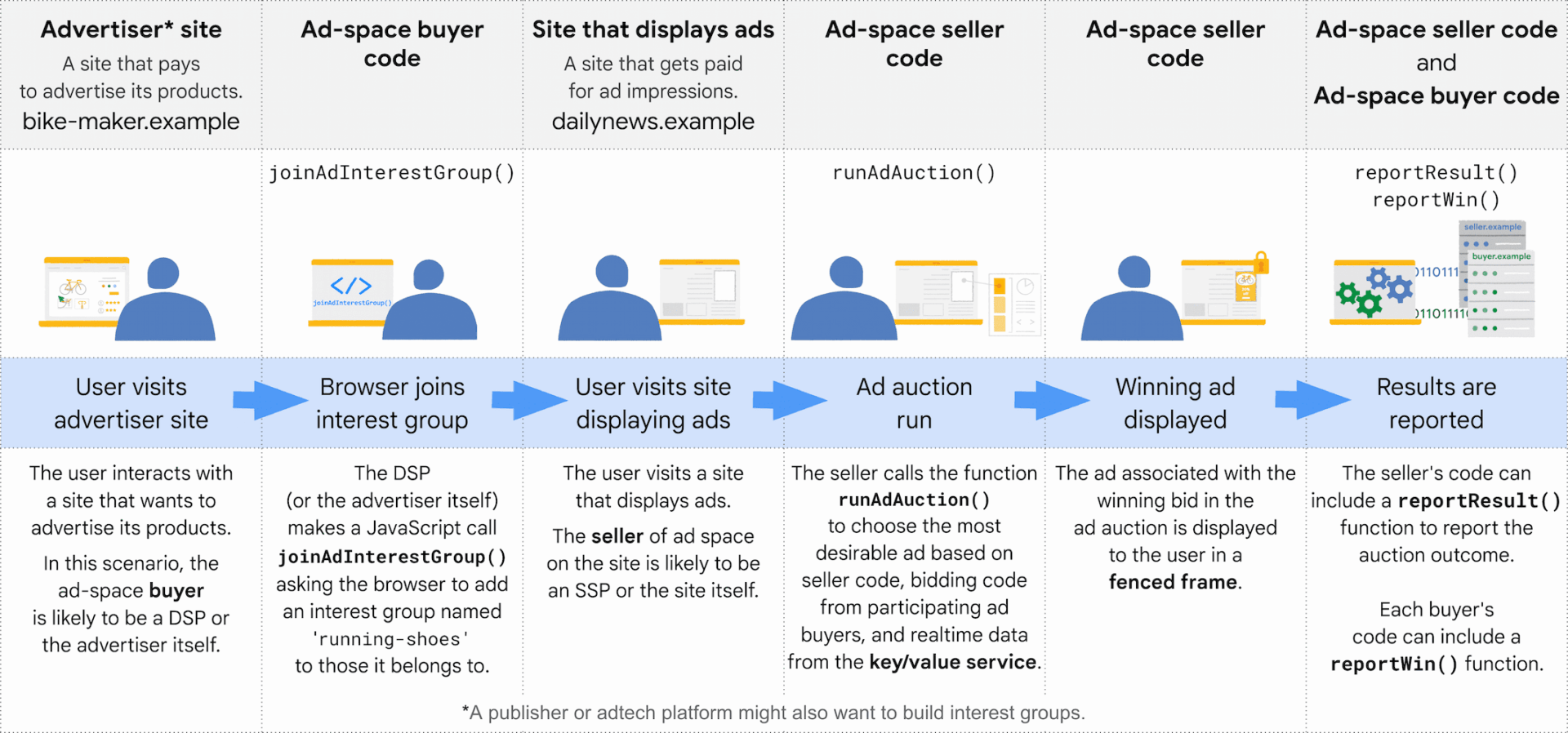
Source: privacysandbox
- A user visits an advertiser’s website (say, a car review site).
- The website adds the user’s browser to associate the user with a specific interest group. For example, “people interested in cars.”
- Later, when the same user visits another site that shows ads, the ad auction happens directly in the browser.
- The browser decides which ad to show based on the user’s interest group without sharing any personal data externally.
This means advertisers can still reach relevant audiences, but the user’s identity stays protected.
What Does Protected Audience API Mean for Publishers?
The PAAPI is crucial in assisting publishers to transition to a privacy-centric advertising environment. As third-party cookies are slowly eliminated, publishers encounter the difficulty of sustaining their revenue while honoring user privacy. The PAAPI presents an innovative solution that enables publishers to effectively target audiences without jeopardizing personal information.
Additionally, the PAAPI empowers publishers to tailor the use of interest groups by developing interest group-targeted advertisements based on first-party data. This grants publishers enhanced control over their ad inventory and targeting approaches. Such improvements offer a competitive advantage by enhancing the accuracy and attractiveness of their advertising placements.
Benefits and challenges of the Protected Audience API
Let us examine the possible benefits and challenges of the Protected Audience API.
Benefits of the Protected Audience API
- Effective Ad Targeting: Even with the removal of third-party cookies, the PAAPI facilitates accurate audience segmentation via interest groups. Advertisers are able to present pertinent ads without intrusive tracking, resulting in improved campaign outcomes.
- Improved Privacy: The PAAPI guarantees that user information stays anonymous by categorizing individuals into large interest-based groups without revealing personal details. By handling data directly on the device, it mitigates the dangers linked to centralized data gathering and distribution.
- Establishing User Trust: Users tend to interact more with platforms that emphasize data security and privacy. The PAAPI fosters transparency, thereby increasing user trust in digital advertising.
Challenges of Protected Audience API
- Limited Browser Support: The current structure of PAAPI does not support cross-device capabilities; therefore, individuals seeking multichannel solutions must acknowledge that it is limited to capturing interest groups on a single device only.
- Technical Complexity and Resource Requirements: The implementation of the PAAPI necessitates considerable technical knowledge and resources. Smaller teams or organizations lacking strong technical skills may perceive the process as daunting. Consequently, they might need to depend on external platforms, like demand-side platforms (DSPs), for assistance.
- Concerns Regarding Performance Measurement: One of the primary challenges faced by the PAAPI is finding a balance between the effectiveness of advertisements and the constraints imposed by privacy regulations. The inability to achieve precise audience segmentation and targeting accuracy may impact the performance of campaigns when compared to conventional cookie-based approaches.
- SDK Dependencies: The PAAPI’s dependence on software development kits (SDKs) for the development of custom audiences introduces an additional layer of operational complexity. Advertisers are required to integrate SDKs into their applications or collaborate with advertising technology firms, which may lead to higher expenses and technical challenges.
In short, publishers who adapt early will stay ahead. Those who wait might struggle when cookies fully disappear.
Protected Audience API vs TopicsAPI?
| Aspect | Protected Audience API | TopicsAPI |
| Purpose | Enables remarketing and custom audience targeting while keeping data on-device. | Enables interest-based targeting based on recent browsing activity without identifying users. |
| Use Case | Retargeting users who previously engaged with your site or ads. | Reaching new users with ads relevant to their general interests (e.g., travel, tech, sports). |
| How It Works | Runs on-device auctions between interest groups (no third-party cookies involved). | Browser assigns users a few broad “topics” per week, which are shared with participating sites. |
| Data Storage | User data and auction logic remain inside the browser (privacy-first). | Topics are stored locally in the browser for a limited time (usually 3 weeks). |
| Privacy Level | High — no cross-site tracking or user-level IDs. | High — no personal identifiers, only general interests. |
| Complexity | More complex to implement; requires demand-side and supply-side support. | Easier to adopt; browsers handle topic assignment automatically. |
| Best For | Publishers focused on performance and monetization from known audiences. | Publishers seeking lightweight, privacy-safe interest targeting. |
Conclusion
The Protected Audience API marks a turning point for publishers. It’s not just about replacing third-party cookies — it’s about rebuilding user trust while keeping monetization strong.
By adopting PAAPI early, publishers can stay compliant, maintain audience relevance, and future-proof their revenue in a privacy-first web.
Those who adapt now will lead the next era of programmatic advertising — where privacy and performance go hand in hand.




